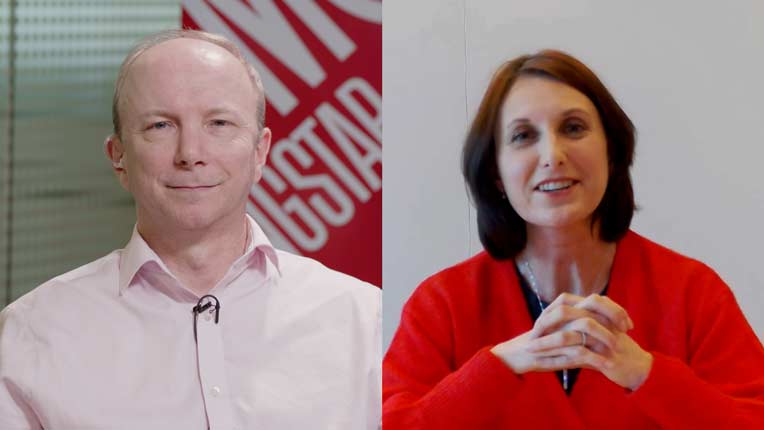This article is part of Morningstar's "Perspectives" series, written by third-party contributors. Here, Fraser Lundie, co-head and senior portfolio manager at Hermes Credit explains what high-yield bonds can offer investors
The horizon continues to broaden for high-yield credit investors.
The growth of their market beyond the US accelerated as more European companies tap bond markets for debt as banks continue to curb lending following the 2008 financial crisis. Issuance from global, commodities-linked businesses in emerging markets has also reduced the dominance of US issuers in global high-yield debt benchmarks.
This has created more investment opportunities for those active credit managers who invest globally. Varying credit quality and economic conditions in the US, Europe and emerging markets such as from China, Brazil and Mexico create far more opportunities to outperform and better manage risk than focusing on the US.

Before the financial crisis, European companies preferred bank loans with borrower-friendly terms to issuing high-yield bonds. This changed after 2008. Banks seeking to repair their balance sheets cut their corporate lending books and borrowers, particularly those with less credit quality, turned to the bond market. Europe’s high-yield debt market has almost doubled to €241bn since Lehman Brothers collapsed. The number of issuers has increased from 169 to 486, according to Bank of America Merrill Lynch (BAML) indexes.
More than one-third of the European market consists of secured bonds, which are underwritten by the issuing company’s assets or revenues linked to a specific operation that the bonds will finance. In the US, 21.9% of bonds are secured, according to BAML indexes. Their superior creditworthiness is helping to improve the credit quality and diversity of the global universe.
On the surface, Europe’s surging market does not seem to have greatly weakened US influence in determining the characteristics of the global high-yield market. Separatingthe returns from US, European and emerging-market high-yield debt markets tells a different story.
It’s clear that they do not rise and fall together. Global investors can exploit such uncorrelated performance to identify which issuers – and which securities they are bringing to market – can deliver better risk-adjusted returns. They can target best-performing markets and sectors worldwide.
The US remains the largest and deepest market. European companies are taking advantage of its liquidity and investor demand for yield to issue eurobonds, which are issued in any currency other than the market in which they exist. They now account for almost 50 per cent of all foreign issuers of high-yield debt in the US, according to Dealogic.
Companies such as Paris-based Rexel and Russia’s VimpelCom sold a record $32.9bn of high-yield debt to US investors this year, Dealogic found. Global investors can research which securities offer the best relative value. Those bound by geography can’t exploit such differences.
Many US companies are compromising credit quality by hiking dividends and buying back shares to please equity holders. In contrast, European companies are mainly prioritising balance-sheet strength.
Net leverage among European companies was still far below pre-crisis levels in the first quarter of 2013, even as high-yield issuance reached its fastest ever pace, as companies preferred to refinance. This is a better hunting ground for credit investors.
When ArcelorMittal announced plans to issue shares and convertible notes to pay down billions of dollars of debt in January, its stock fell nearly 5% on that day. Its bonds rose three points.
The expansion of high-yield markets outside the US creates more stock-picking opportunities for credit investors not confined to their home markets. It enables exposure to diverging sources of return, credit quality and rates of economic growth and inflation.




























